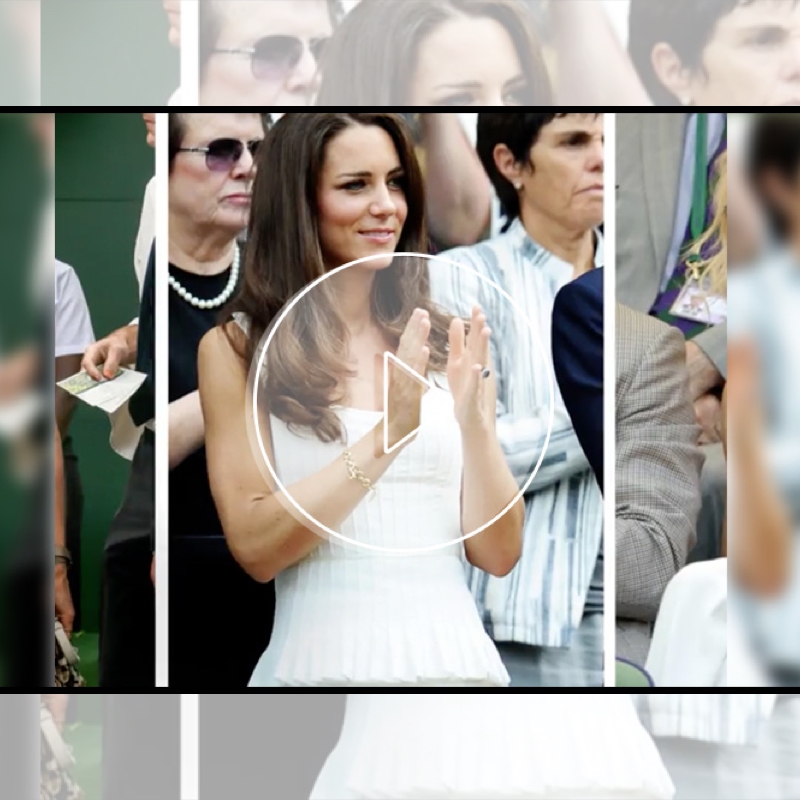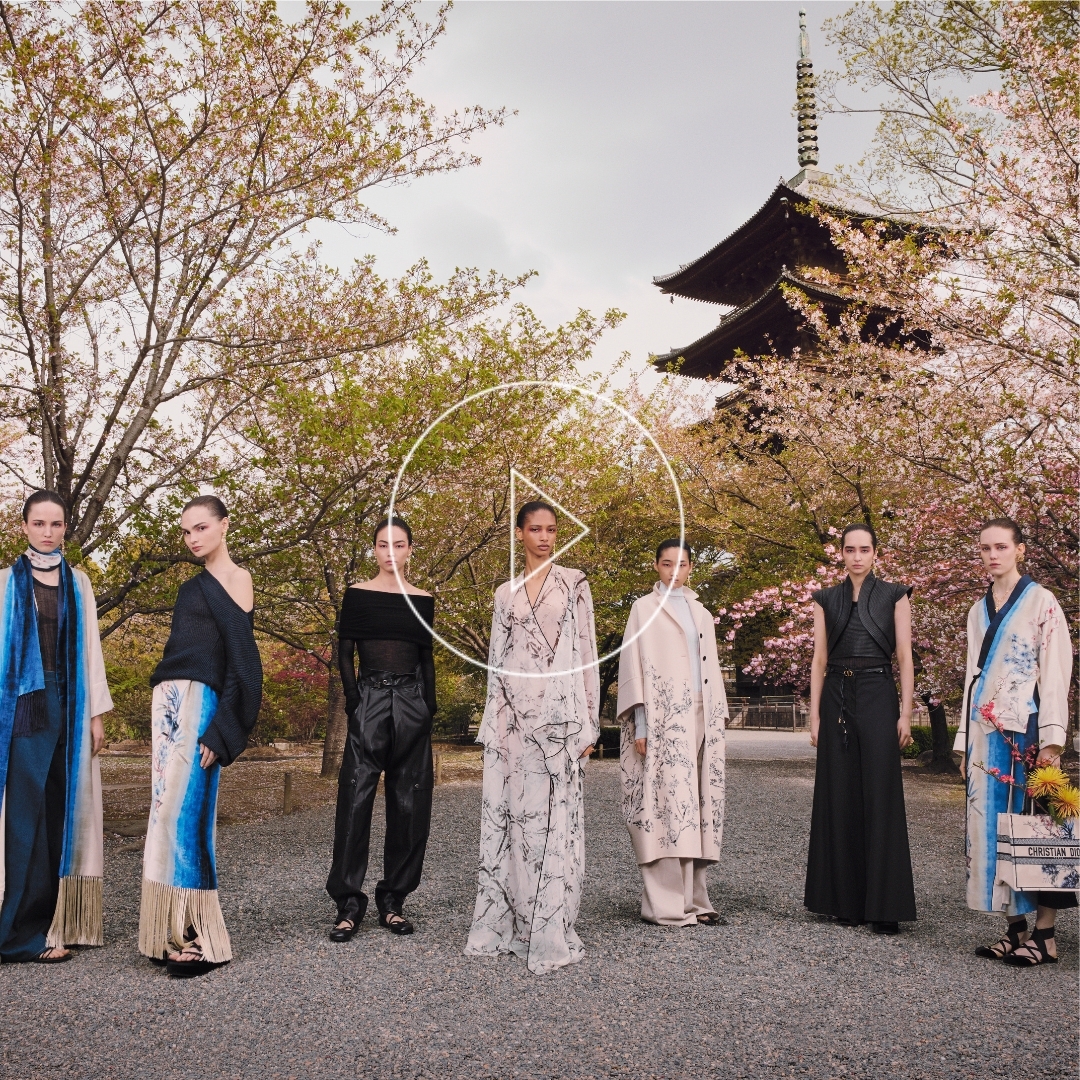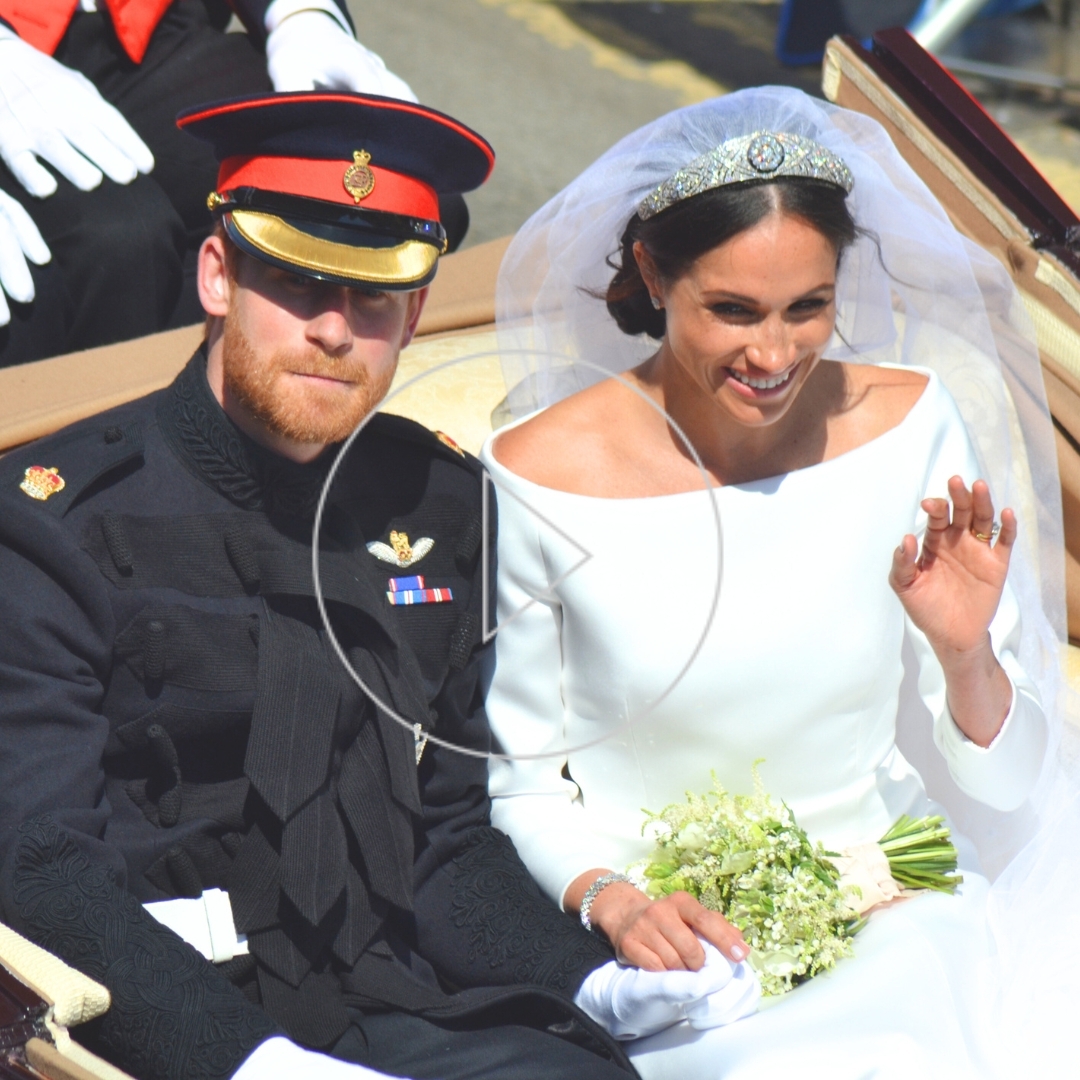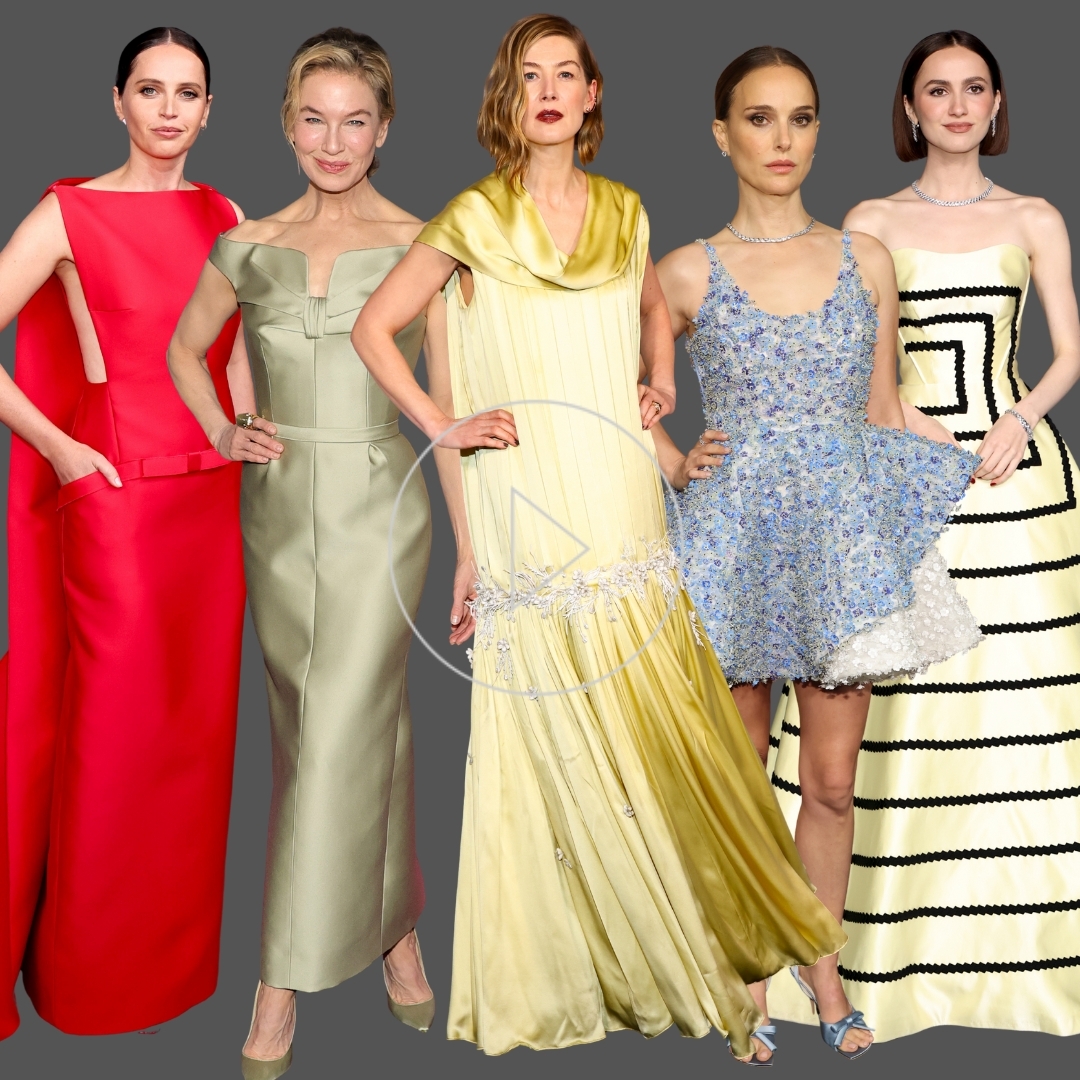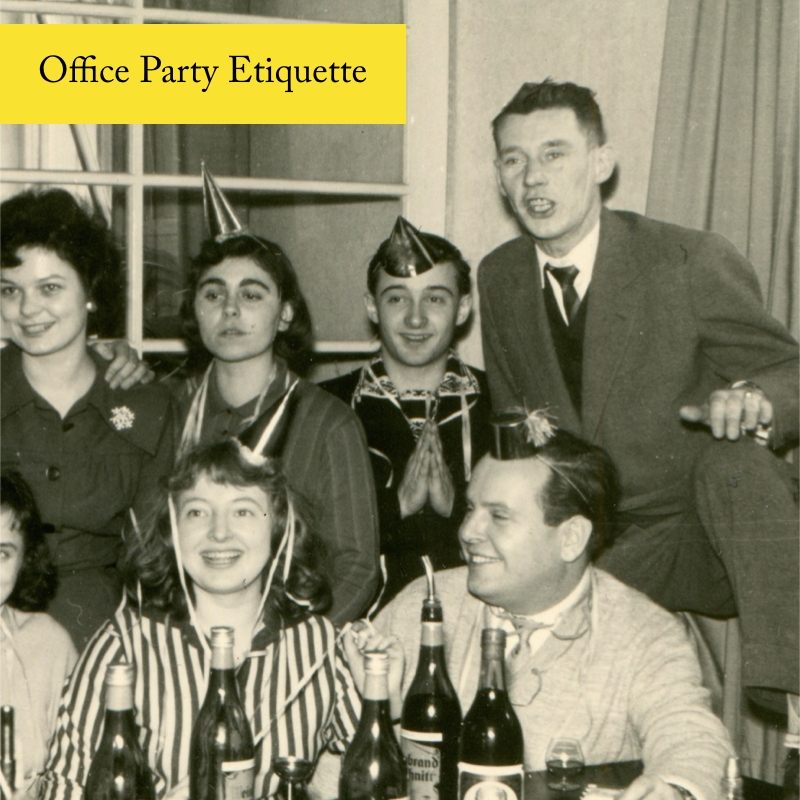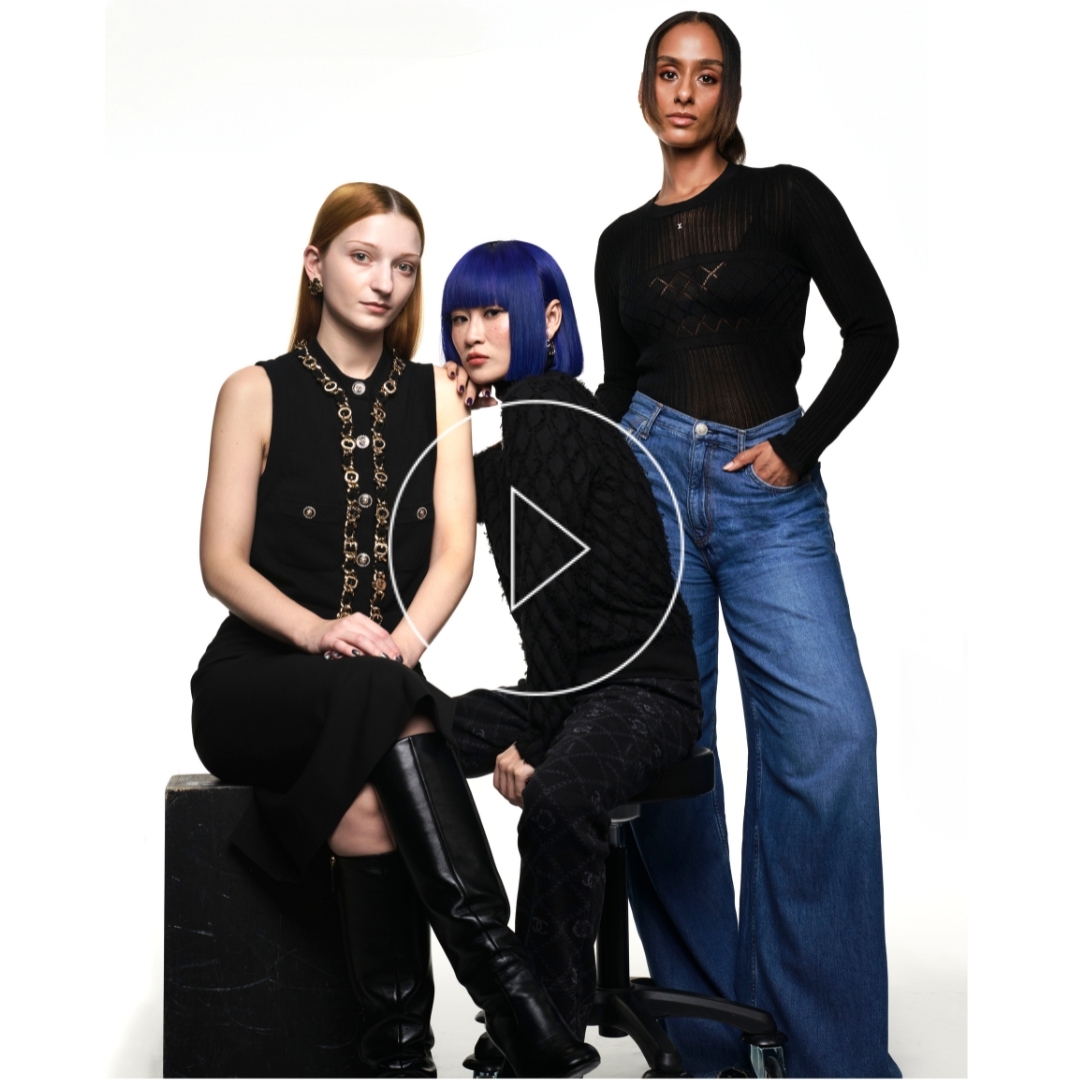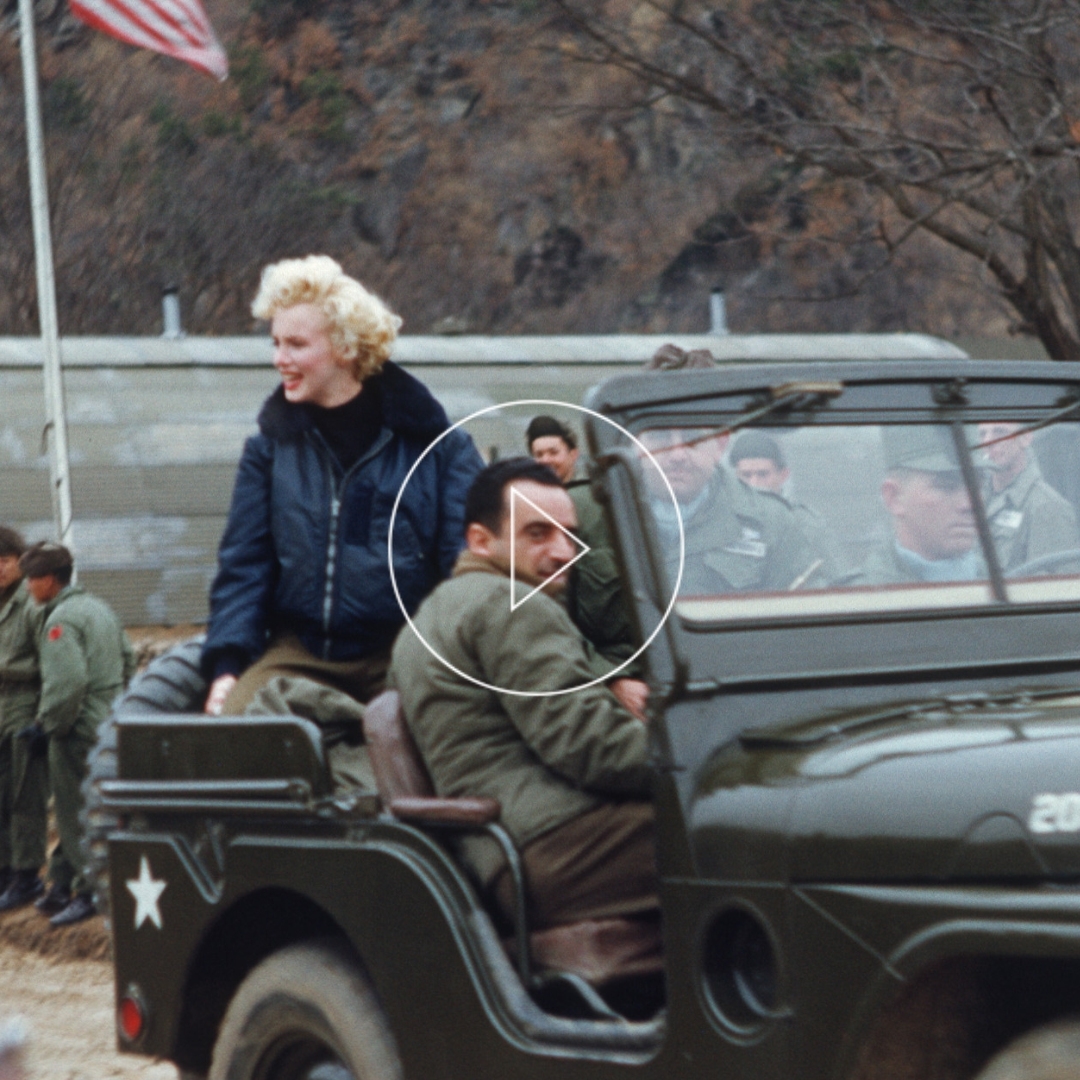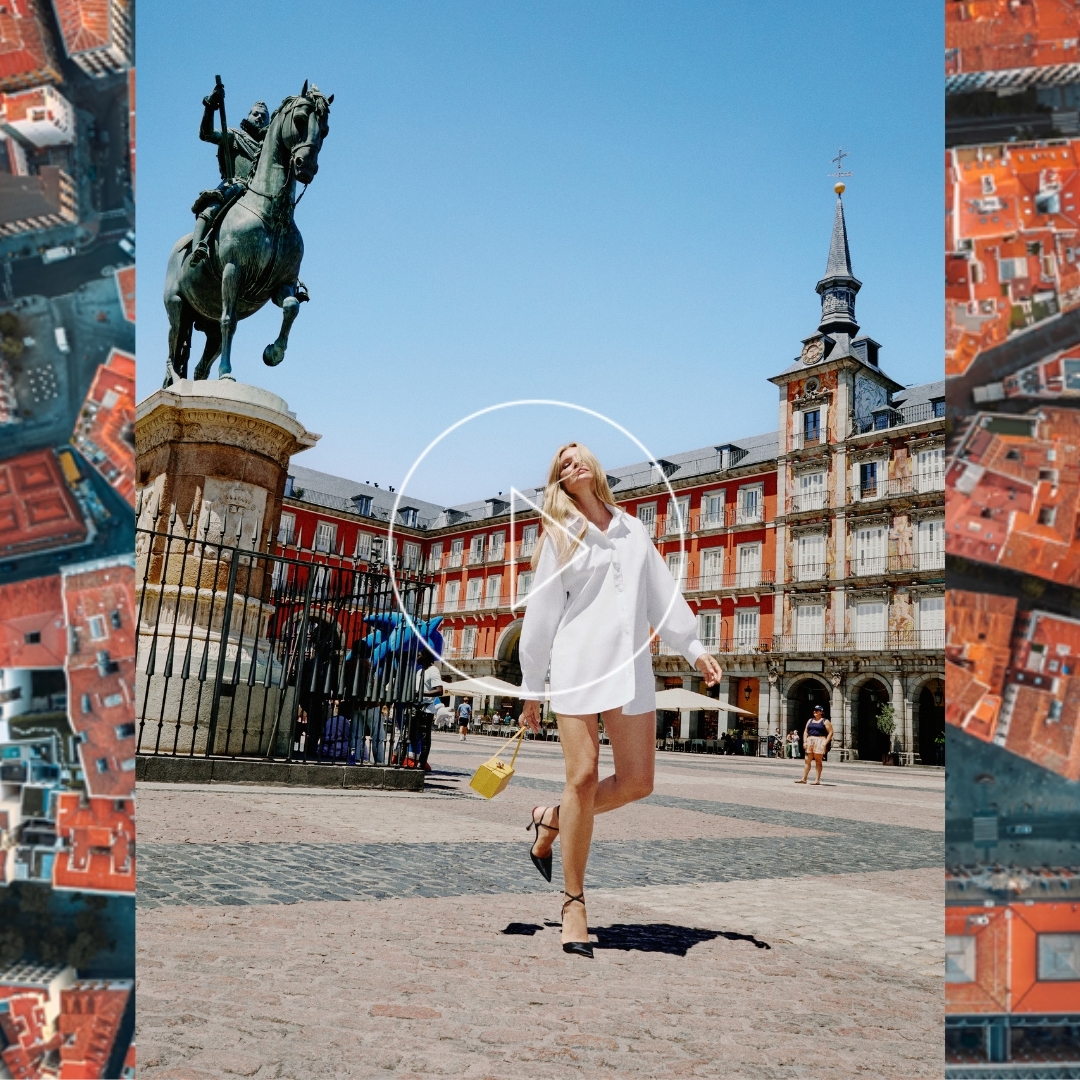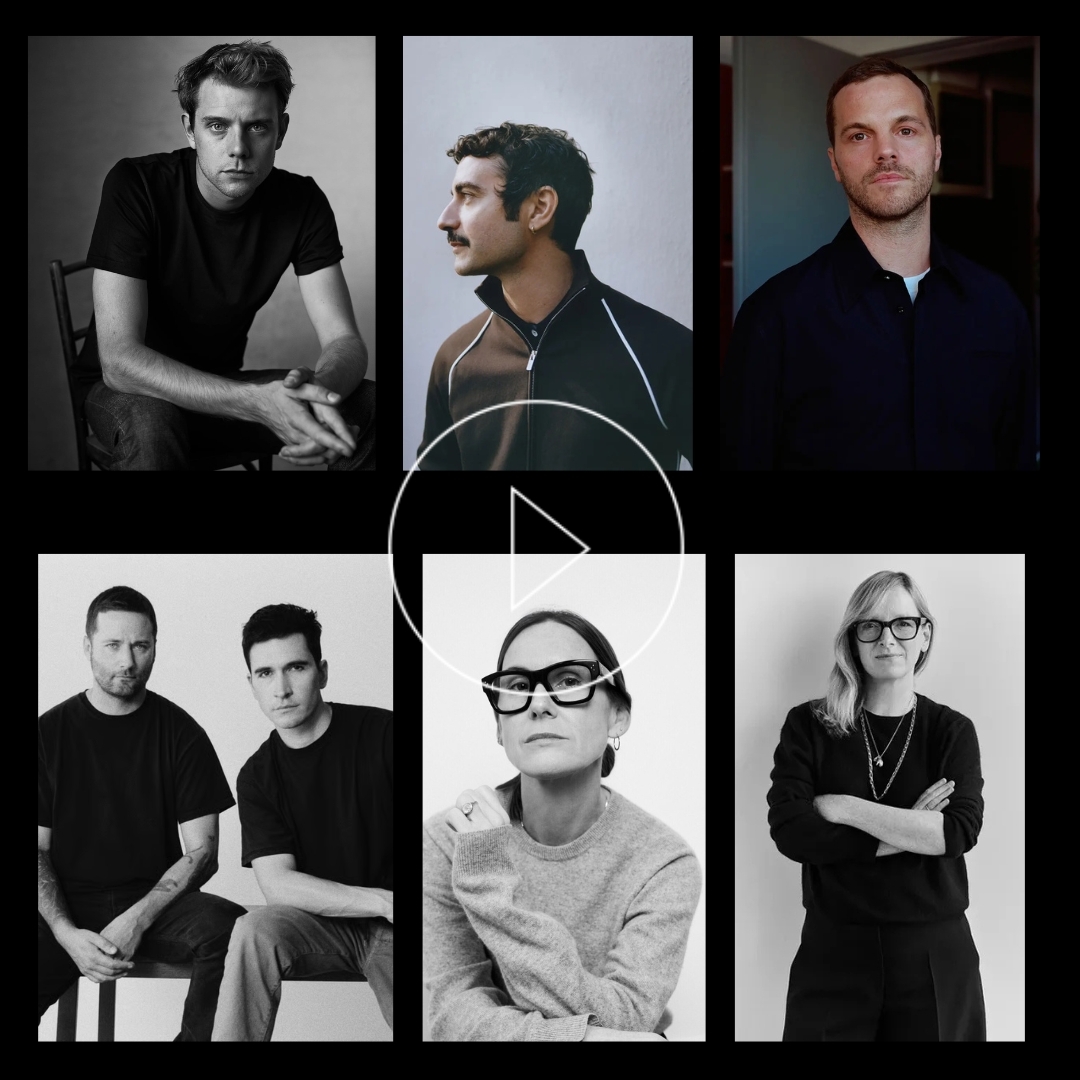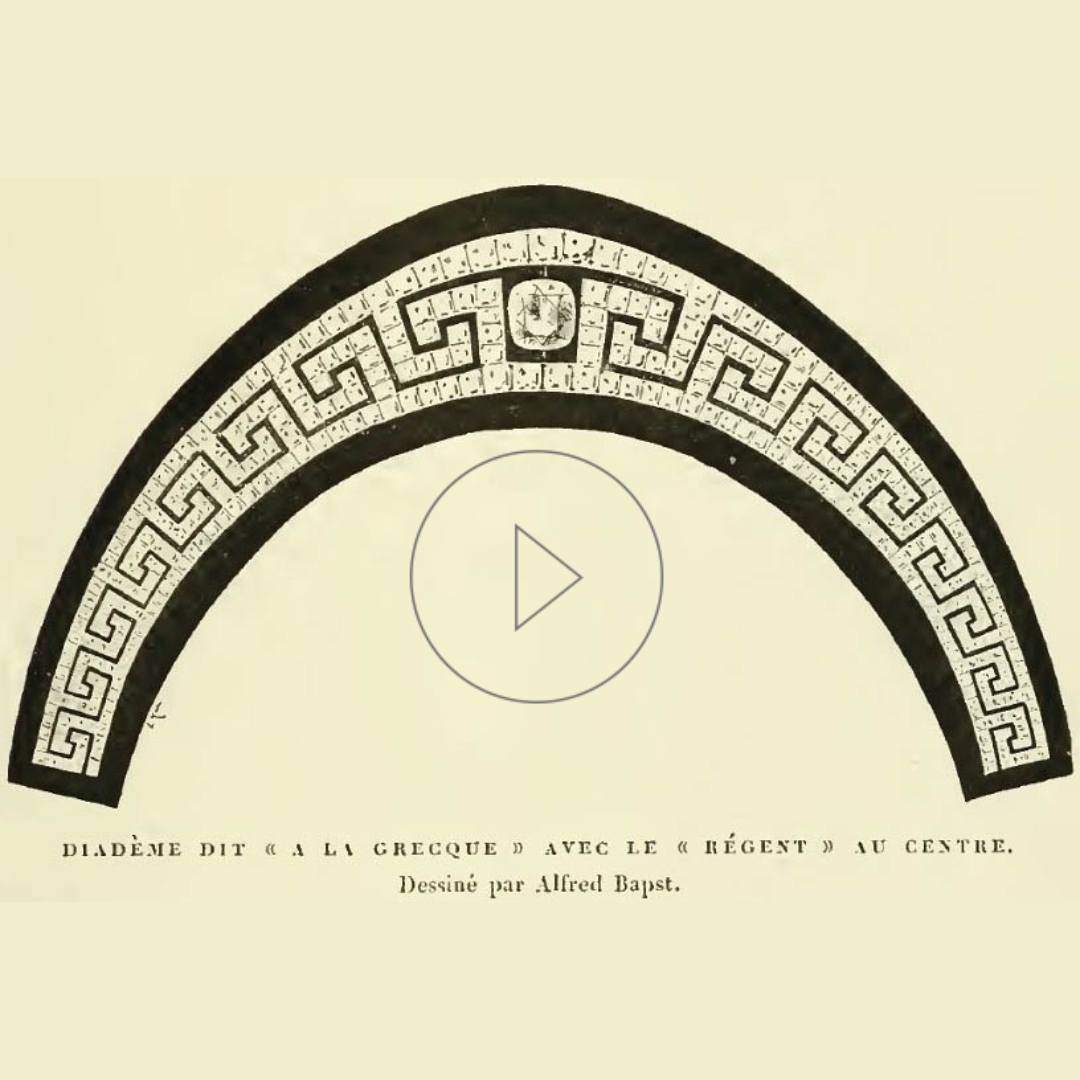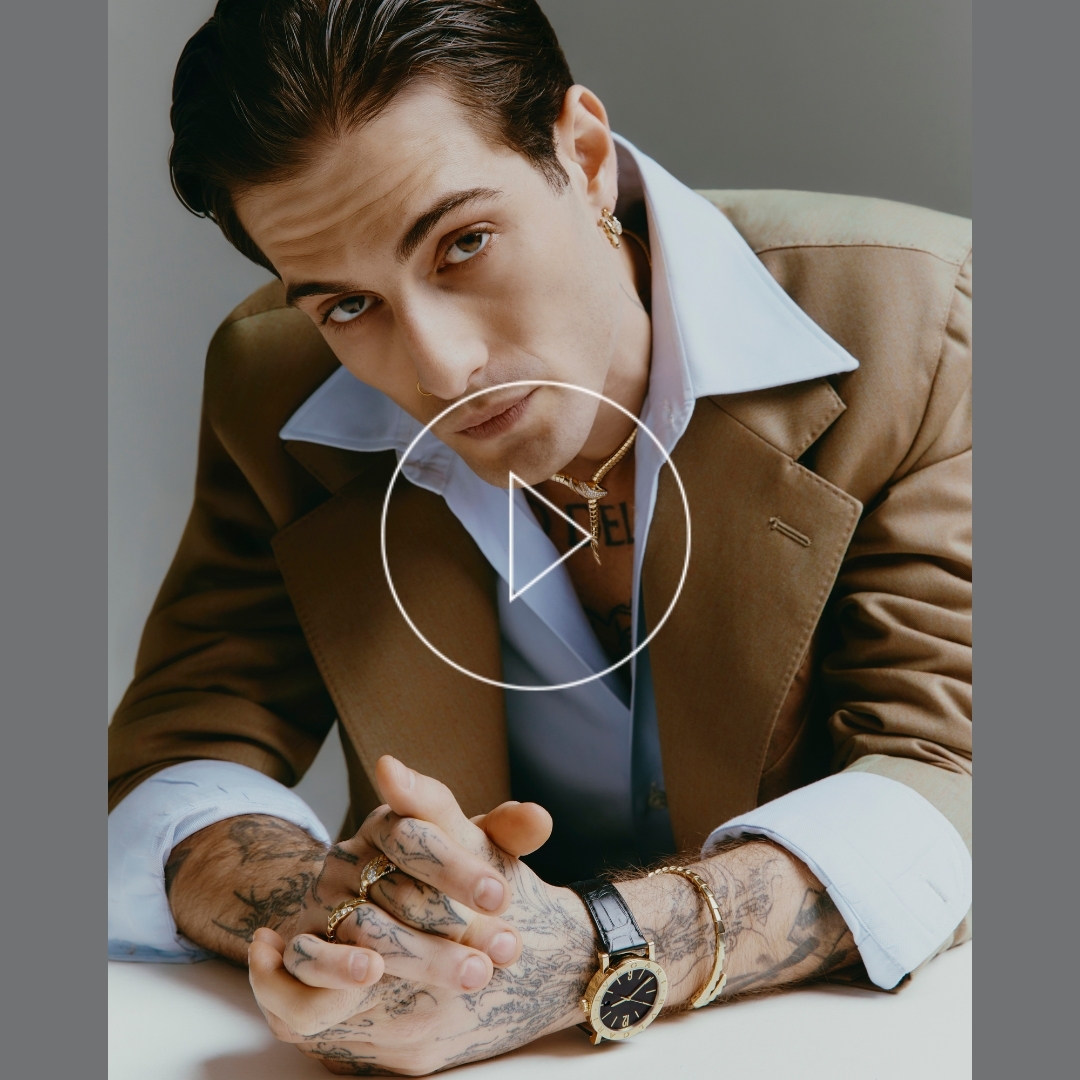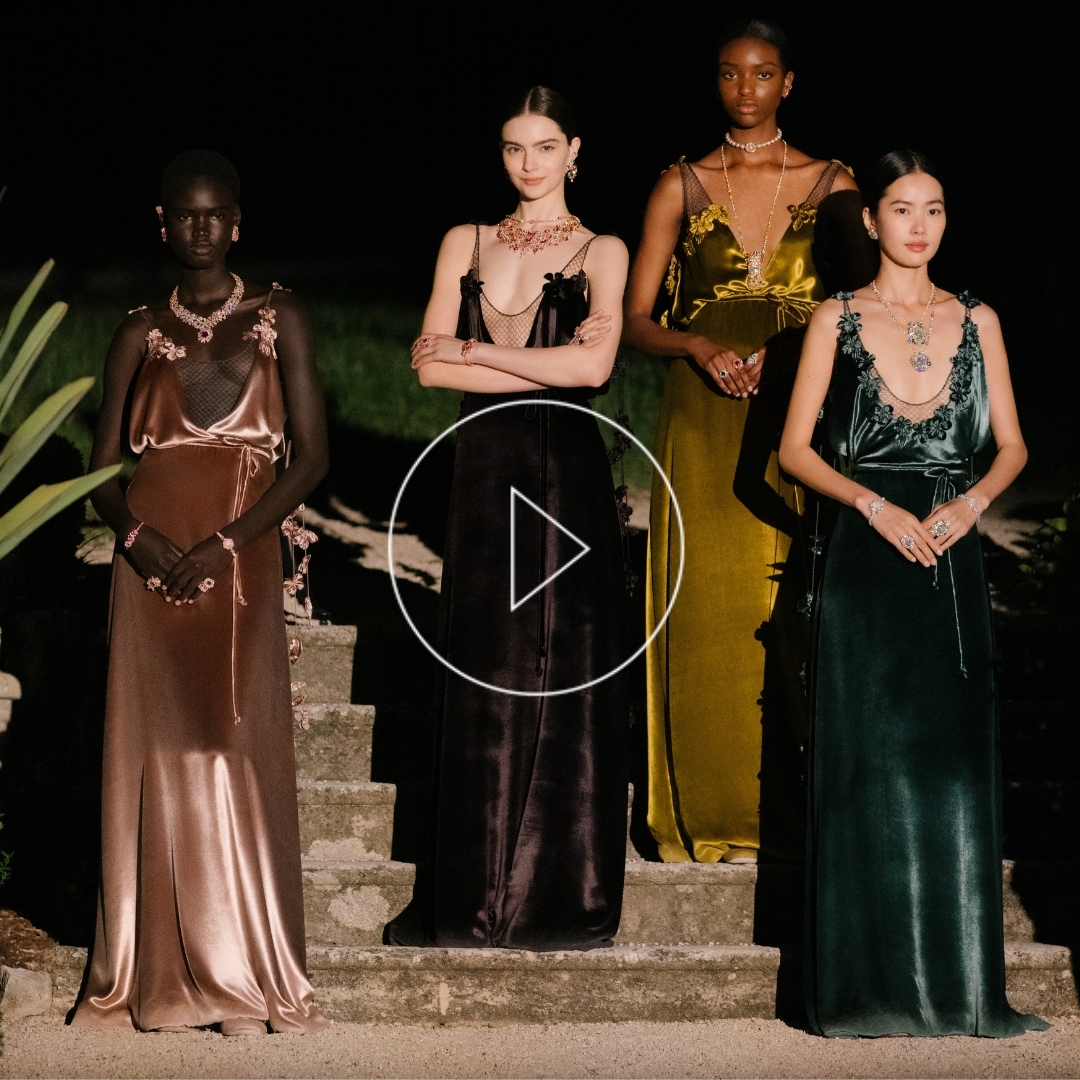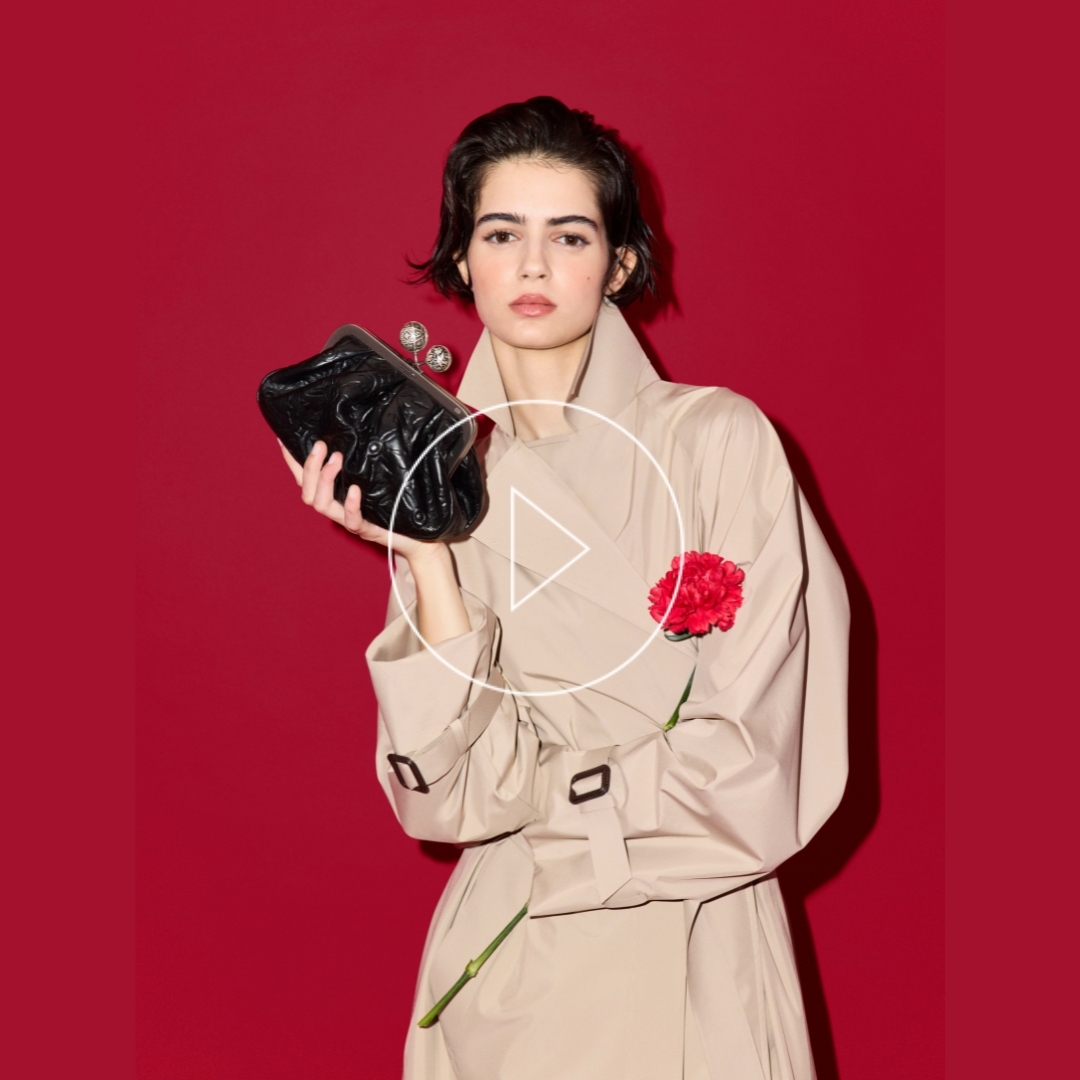All About Fashion Weeks around the world
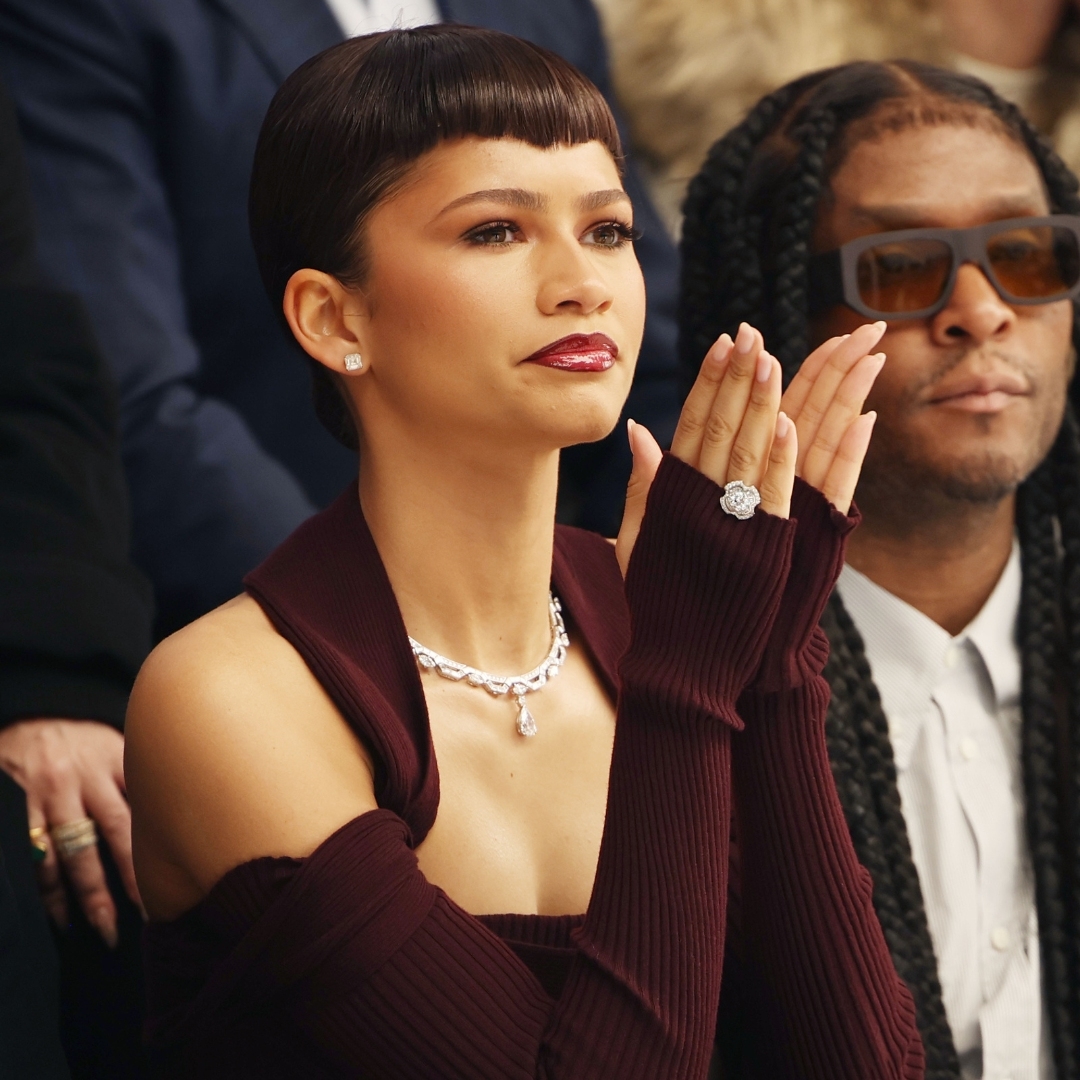
Season after season, we follow all the major Fashion Weeks eagerly around the world to see what designers have in store for the next months. The fashion industry and fashionistas from around the globe gather during Fashion Week to watch the spectacular runway shows that make history and set the tone for the colours and trends we’ll wear.
Fashion Week, a massive business around the world
The fashion industry is one of the biggest in the world, and Fashion Weeks, organized worldwide throughout the year, move a gigantic market. For instance, the global apparel market revenue in 2020 was approximately 1.46 trillion dollars, and according to the Consumer Market Outlook, it will increase to around 2.25 trillion dollars by 2025.
There are over 150 Fashion Weeks around the world. NYFW, for example, hosts more than 300 shows, yearly, with over 230.000 visitors that generate around 900 million dollars for the city’s economy. A runway show there can cost anything between $10,000 and $300,000. But some fashion houses can spend a fortune to create magic settings for their shows. In 2007, Karl Lagerfeld made history, spending over 10 million dollars to secure a fabulous setting for Fendi’s show along the Great Wall of China at Fashion Week. Likewise, the German fashion designer invested 1.7 million dollars on the structure for Chanel’s 2015 pearl-themed runway show.
But do you know when and where was the first Fashion Week held? Who started it and why? Additionally, who are the “Big Four”, and are Fashion Weeks still relevant in today’s history?
The birth of Fashion Week as we know it
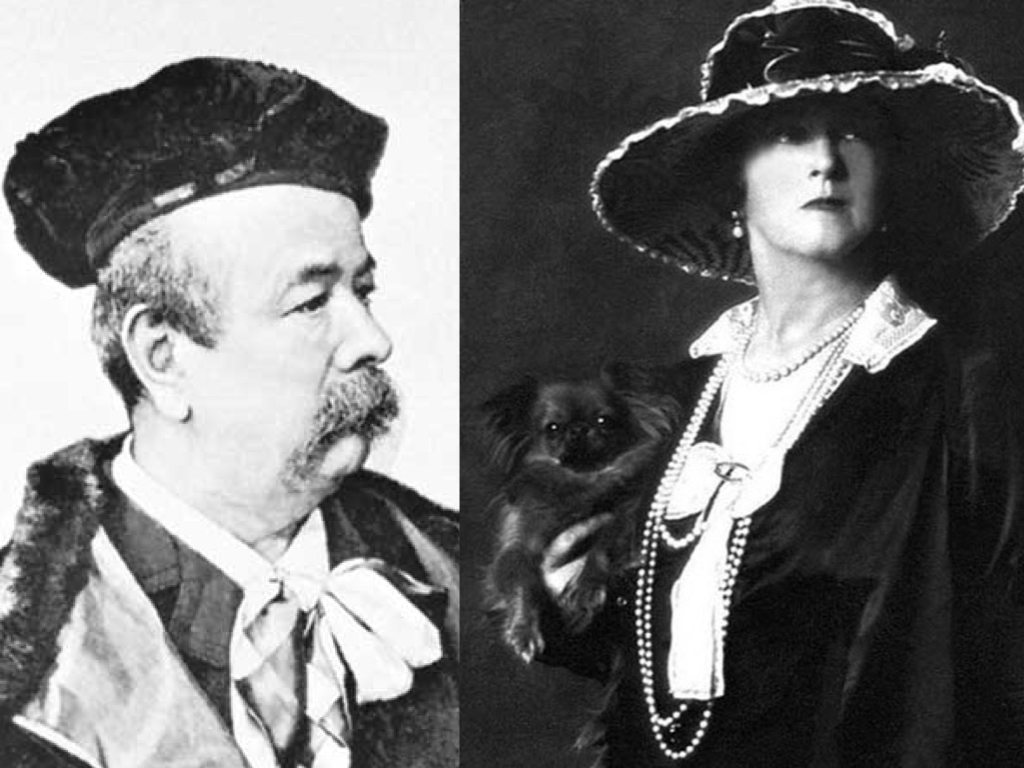
The Paris-based British fashion designer Charles Frederick Worth was the first to present collections of live models in the 1860s. Then, the leading French designer Paul Poiret turned these private shows into big social happenings. Finally, Lady Duff Gordon, the founder of the British fashion house Lucile, paved the way for today’s Fashion Week catwalk when she created the first Fashion Parade in history, in 1900. Besides haute-couture houses, department stores soon began hosting fashion shows too, and in 1903, Ehrich Brothers held the first show in the USA. Even so, Paris was still the place affluent clients and the press would go to see designers’ latest collections. However, with the advent of World War II in Europe, the fashion publicist, Eleanor Lambert, organized the “New York Press Week” in 1943; the mother of all Fashion Weeks. The Press Week was a success among fashion journalists, putting American designers in evidence internationally.
The Battle of Versailles; the first PFW
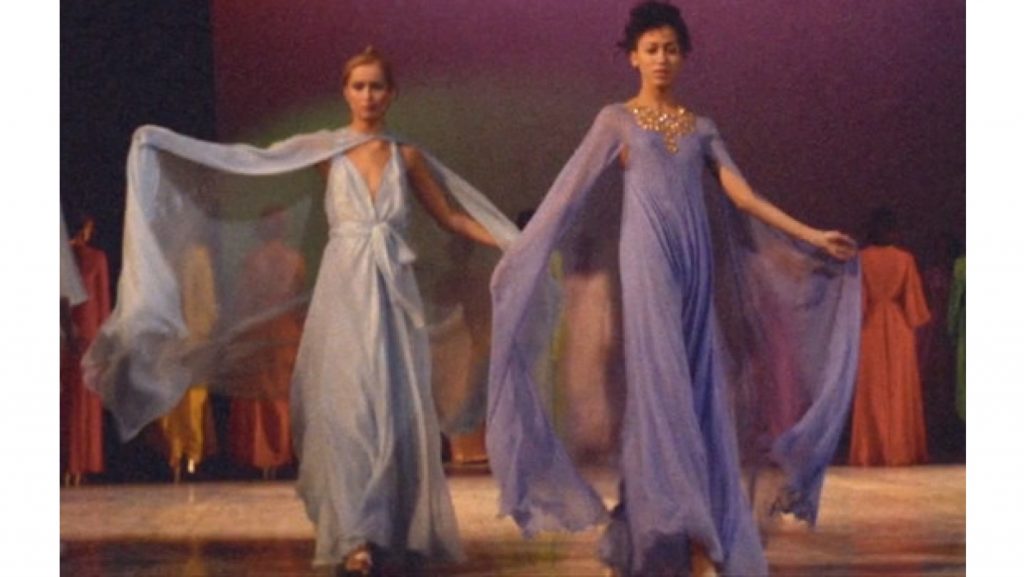
Following the history of fashion’s growth in the two continents, the first Ready-to-Wear Paris Fashion Week officially happened in 1973, at Versailles, France, to raise funds for the palace’s restoration. Eleanor Lambert, who founded New York Fashion Week, and the Baroness of Rothschild organized the gala event, a competition between five French and five American designers. Namely, Hubert de Givenchy, Pierre Cardin, Yves Saint-Laurent, Emanuel Ungaro, and Christian Dior’s creative director, Marc Bohan. Halston, Bill Blass, Oscar de la Renta, Anne Klein, and Stephen Burrows were the visiting designers. The American designers stole the show with their youthful approach to fashion and sportswear. Additionally, they had ten black models on the runway, which was unusual, at that time, for the French fashion establishment.
The Big Four
Following New York, Milan and Paris, the British Fashion Council launched London Fashion Week in 1984. Known as “The Big Four”, these cities have held the most important fashion weeks in the world. However, many others have followed suit, like Copenhagen, São Paulo, Tokyo, Shanghai, Russia and Seul.
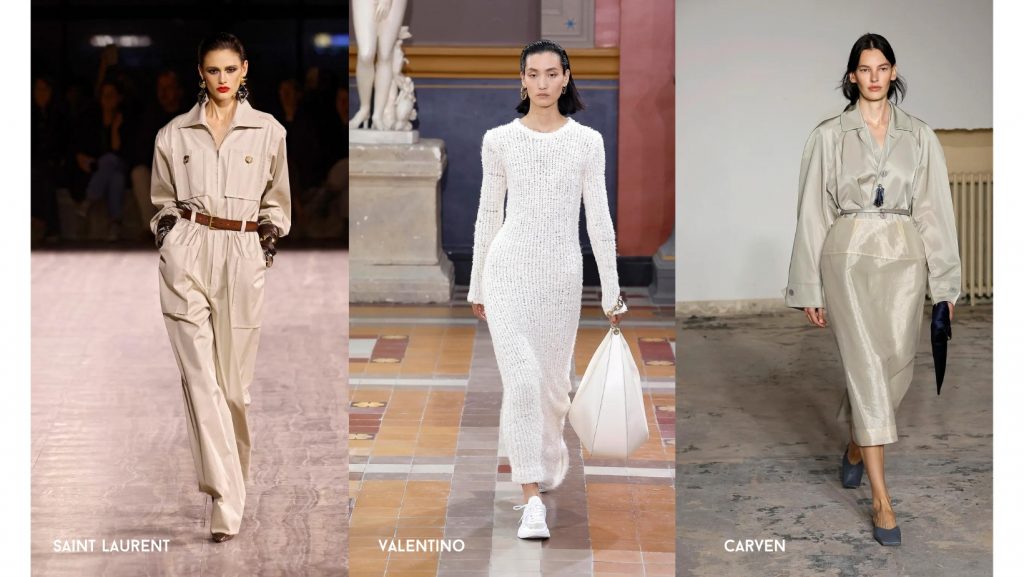
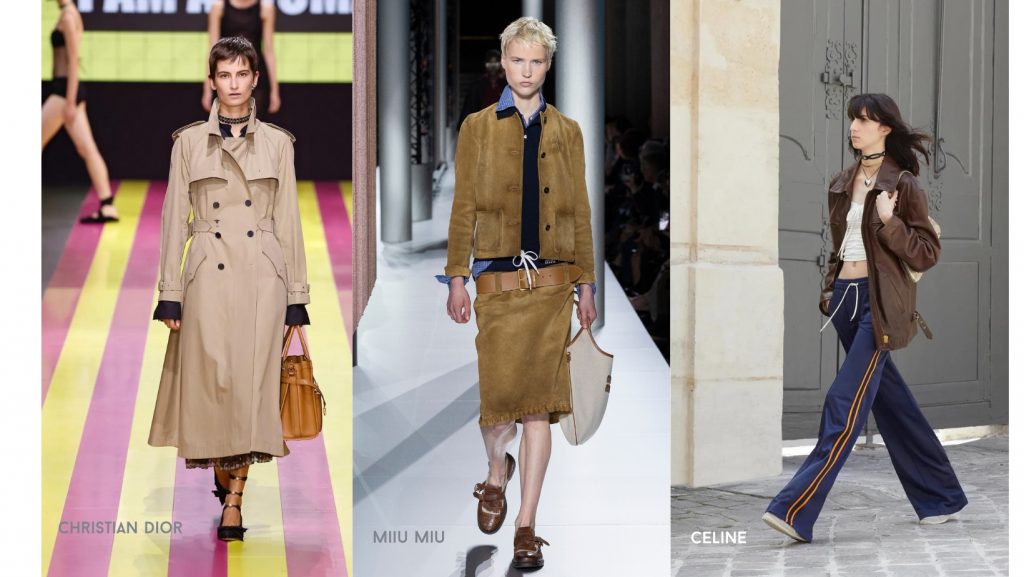
Fashion Week seasons
The fashion year is basically divided into two main seasons, Spring/Summer and Autumn/Winter. But, besides the bi-annual ready-to-wear fashion shows, we also have the Resort collections, created to cater to consumers who would travel to exotic (and warm) destinations during winter. Additionally, there are the Pre-Fall collections. And, lastly, we have the Couture Fashion Week that happens in Paris in January and July.
But the advent of Covid has lessened groupthink in fashion. For example, some designers have opted to slow down the frantic pace of bi-annual shows. Brands are becoming more independent and the fashion season calendar is changing, as we saw in New York Fashion Week. Additionally, many designers are rethinking the model of larger-than-life fashion shows in extravagant locations.
Paris Fashion Week
- Why it is relevant and what does it stand for
Above all, France and luxury fashion go hand in hand. Paris is famous for its Haute Couture shows that include Dior, Chanel, and Schiaparelli. And the glamorous Paris Fashion Week shows Prêt-à-Porter and Menswear. The fashion industry is a major contributor to France’s GDP, 3.1%, and its revenue is projected to reach US$18,649m in 2021. In fact, the French LVMH and Kering are the two largest luxury product companies in the world.
- Which fashion brands show at PFW
The most famous designers in the history of fashion from all over the world have presented their collections at Paris Fashion Week. From the Spanish Balenciaga to the Japanese Issey Miyake and Kenzo or the Lebanese Elie Saab. Like Givenchy and Dior, the most prominent houses show in luxurious Parisian locations, for example, the Space Eiffel. Chanel’s iconic runway shows were staged by Karl Lagerfeld at the Grand Palais, for instance. Among the 93 brands that took part in the latest Ready-to-Wear PFW were Acne Studios, Balmain, Chloé, Courrèges, Céline, Dries Van Noten, Jean Patou, and Hermès. Also, Sacai, Isabel Marant, Loewe, Louis Vuitton, Miu Miu, Thom Browne, and Vivienne Westwood.
New York Fashion Week
- Why it is relevant and what does it stand for
New York Fashion Week is the most important fashion event in the U.S. The week is famous for its ready-to-wear collections and new, on-the-rise talent-setting trends. Additionally, the street style during fashion week is a fab source of outfit inspiration.
- Which fashion brands show at NYFW
Ralph Lauren, Brandon Maxwell, Tory Burch, Carolina Herrera, Christopher John Rogers, and The Row present at New York Fashion Week. Likewise, Rodarte, Staud, Bagley Mischka, Anna Sui, Prabal Gurung, Rosetta Getty, Jonathan Simkhai, Ulla Johnson, and Proenza Schouler show at NYFW.
Recently, there have been some changes to NYFW. Firstly, its schedule has been renamed the “American Collections Calendar”. Secondly, it includes American designers who show their collections outside New York and on different dates, thanks to the digital platform Runway360. Tom Ford, CFDA Chairman, explained there was a need for flexibility within the fashion system.
Milan Fashion Week
- Why it is relevant and what does it stand for
In 1958, Milan was the second city to host a Fashion Week. Mainly, the city is the cultural, industrial and financial heart of Italy. Certainly, the country has a long tradition in design, fashion and textiles. The fashion industry is the backbone of the Italian economy, standing for 1.5% of the country’s GDP, and its revenue is expected to reach US$6,443m in 2021. The fashion segment comprises around 67,000 companies and 580,000 employees. And the chic MFW is where they all meet. In short, MFW stands for over-the-top shows that mix perfectly sharp tailoring and high-quality craftsmanship with culture, luxury and art. And there’s been a real effort to bring back exclusiveness and glamour to the “Made in Italy” label. Plus, the street style during Milan Fashion Week of both women and men is a show on its own. Milan and Paris compete for which is the most fashionable city.
- Which fashion brands show at MFW
The major Italian fashion houses showcase their collections at Milan Fashion Week. These include Gucci, Prada, Armani, Versace, Bottega Veneta, Dolce & Gabbana, Ferragamo, and Valentino. Additionally, Jil Sander, Max Mara, Alberta Ferretti, Fendi, Moschino, Marni, MM6 Maison Margiela, and DSquared2, among others.
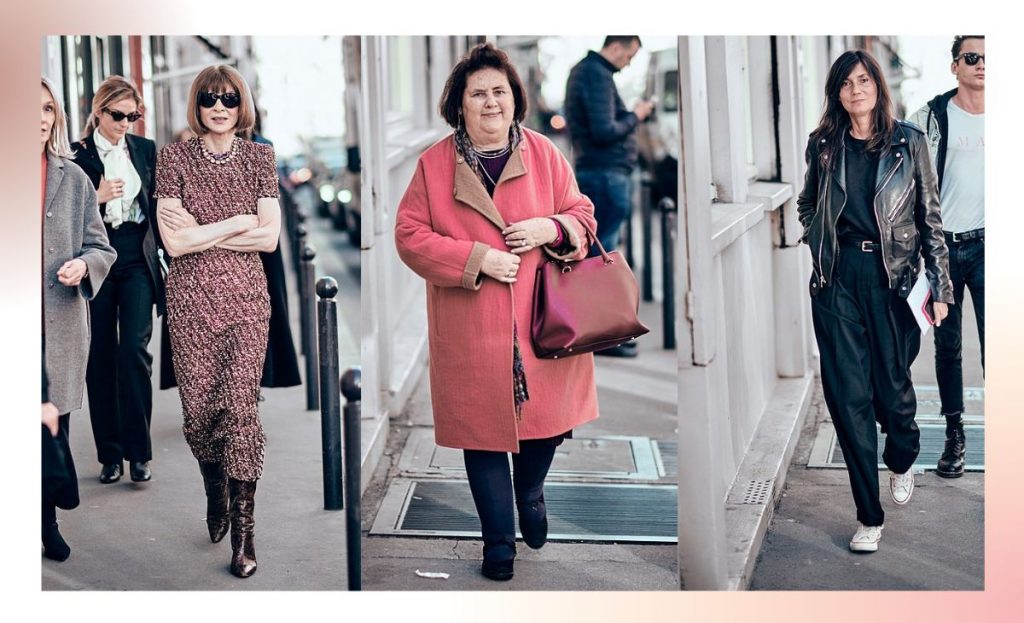
London Fashion Week
- Why it is relevant and what does it stand for
The British capital is famous for its sharp tailoring and fine handcrafted shoes influenced by the Royal family. But London’s also the birthplace of the Mods, Swinging ’60s, and Punks, among other cultural movements that have shaped fashion and society. The exciting London Fashion Week is known for its edgy, innovative style and avant-garde couture at the forefront of change. And also for easy-to-wear trends and great street style. After some uncertainties, we were happy to see that LFW post-Brexit is as stimulating as ever.
- Which fashion brands show at LFW
Quintessentially British houses are present at London Fashion Week, but also newcomers. Burberry, Erdem, Emilia Wickstead, Halpern, Victoria Beckham, Temperley, Vivienne Westwood, and Richard Quinn are some of these names. Additionally, AWAKE, Bora Aksu, Jenny Packham, JW Anderson, Marques’ Almeida, Molly Goddard, Rejina Pyo, Rixo, Roksanda, and Simone Rocha.
Copenhagen Fashion Week
- Why it is relevant and what does it stand for
A young Fashion Week, CPHFW was first held in 2006. But has quickly made its mark as being the most sustainable around the world. With their “Sustainability Action Plan” to become a greener event and industry platform, Copenhagen requires brands that showcase at the fashion week to meet at least 17 sustainability standards. It is the epicentre of Scandinavian fashion, which is, on one hand, minimalist following the less is more Lagom lifestyle, and on the other hand, fun, colourful and loud. Scandinavian influencers are famous for their joyful street style and quirky layering of pieces.
- Which fashion brands show at CPHFW
Ganni, Baum und Pferdgarten, Søren Le Schmidt, By Malene Birger, and H&M Studio are some of the Scandinavian brands at CPHFW. Also present are Nynne, Gestus, Rotate, Rixo, Samoe Samoe, Stine Goya, Stand Studio, Munthe, and Rodebjer.
Digital Fashion Week
Since the outbreak of COVID-19, many fashion weeks around the world have been cancelled. So, to allow designers worldwide to keep showing their collections, Fashion Week has gone digital, streaming online the shows. As a result, brands have reached a massive audience as never before. For example, 95 million people watched via live stream Dior S/S 21, which opened Paris Fashion Week. The runway was broadcast on 12 platforms worldwide, including TikTok and Douyin. Moreover, the hashtag #DiorSS21 appeared 360 million times on the Chinese site Weibo.
In conclusion, the fashion industry is adapting to new times and new consumers, aware of fashion’s impact on the environment. Consequently, by combining physical and digital shows, Fashion Week will surely continue to make us dream of fabulous fashion from around the world.
Fashion Week 2024 Schedule
To sum up, here’s an overview of the 2024 calendar for the main Fashion Weeks, as already announced. Please note that each year, the dates change slightly):
- Pitti Uomo, from 11-14th June 2024
- Paris Fashion Week, menswear, 16-24 January, and 18th – 23rd June 2024
- Paris Haute Couture, 22-25 January, and 24-27 July 2024
- Copenhagen Fashion Week, 29 January -2 February, and 5th – 9th August 2024
- New York Fashion Week, 9-14 February, and in 7th – 12th September 2024
- London Fashion Week, 16th – 20th February, and 14th -18th September 2024
- Milan Fashion Week Womenswear 20th -26th February, and 18th – 24th September 2024
- Paris Fashion Week Womenswear, 26th February -5th March, and 23rd September – 1st October 2024.
- Seoul Fashion Week, 1st – 5th February 2024
Title photo courtesy of Bulgari.
SHARE

